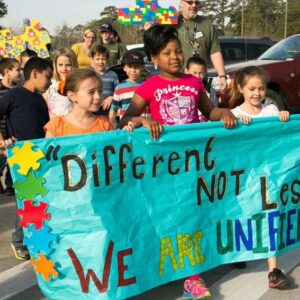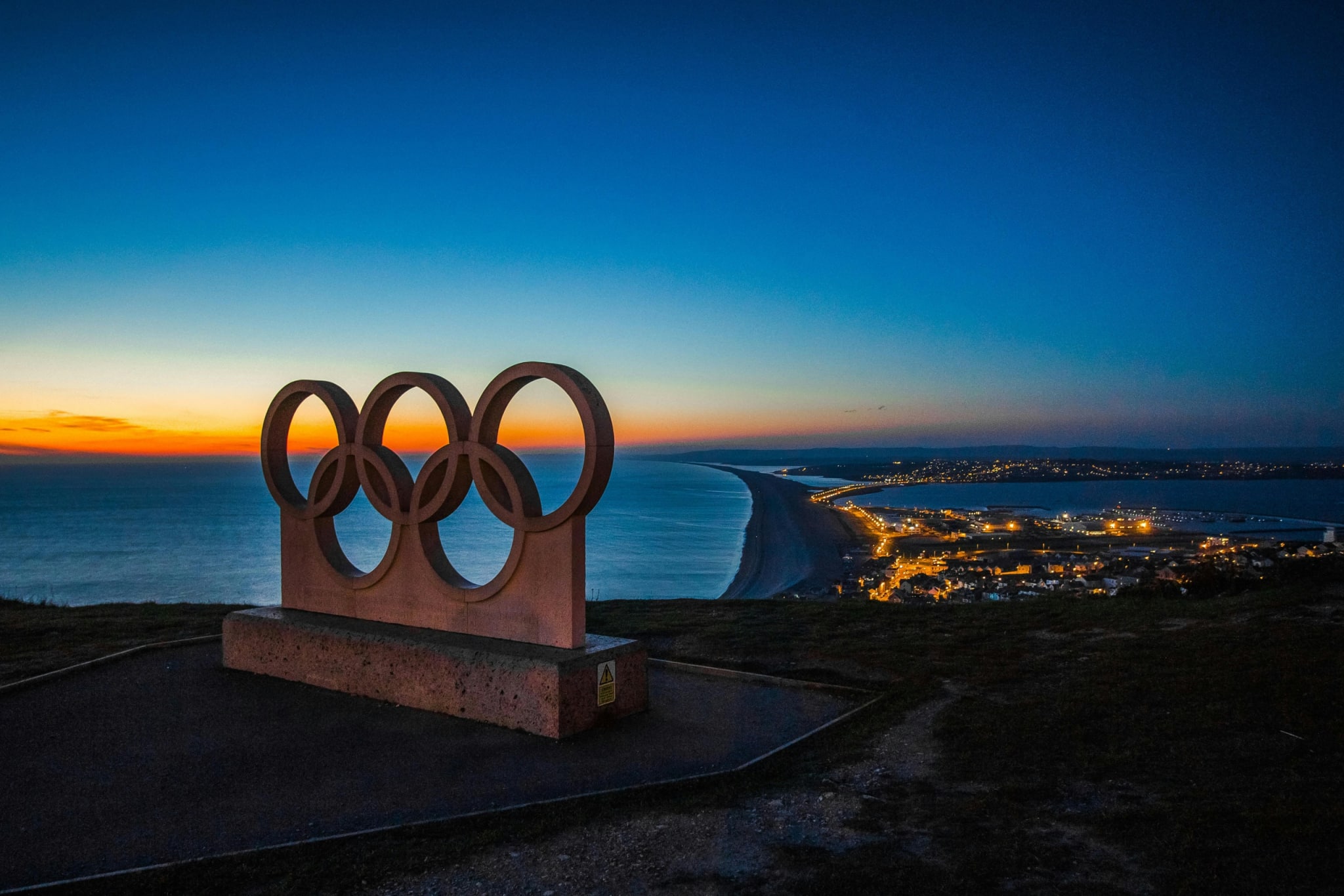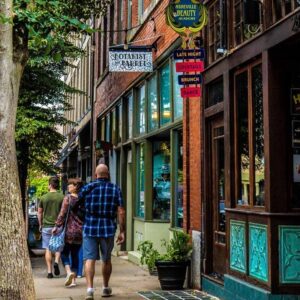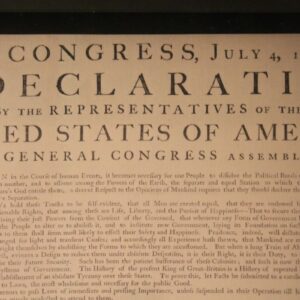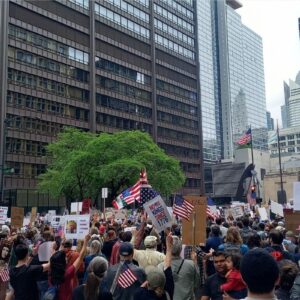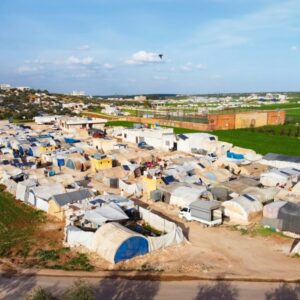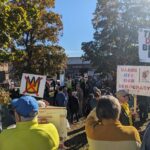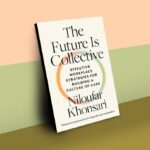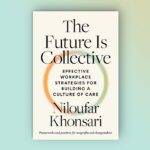
Much-beloved Puerto Rican artist Bad Bunny is bringing people, attention, and money to La Isla del Encanto (the Enchanted Isle). The global success of his recent album, DeBÍ TiRAR MáS FOToS (I Should Have Taken More Photos), and historic concert residency in Puerto Rico are shedding light specifically on the multifaceted housing crisis ravaging communities across the archipelago.
Indeed, residents of Puerto Rico say that living here is an “extreme sport” because we juggle the lack of dependable infrastructure, frequent power and water outages, political corruption stemming from centuries of colonialism, abysmal healthcare, and other daily reminders of the extreme inequity that is the reality of the Global South, with the freedom to travel and the consumerist economy that are the hallmarks of Global North living. But we still fight hard for the right to remain.
Part of the Bad Bunny concert’s scenography includes a replica of a traditional modern middle-class home, symbolizing the nostalgia of those who were forced to leave Puerto Rico. Throughout the concert, the refrain “No me quiero ir de aquí” (“I don’t want to go from here”) is followed by the phrase “que se vayan ellos” (“they should be the ones to leave”).
Residents of Puerto Rico say that living here is an “extreme sport.”
The visuals and the lyrical motif clearly critique the ongoing displacement of working-class residents from the archipelago—infamously, between 2010 and 2020, Puerto Rico saw an 11.8 percent population decline—and the influx of part-time residents and tourists via policies designed to attract high-net-worth individuals and develop the “visitor economy.”
Housing Challenges—Especially If You Are Queer
The pressures of housing displacement in Puerto Rico are amplified in Santurce, the arts district in the capital, San Juan, and home to many diverse communities. For the past 10 to 15 years, displacement and gentrification have aggressively accelerated here due to tourism development and an influx of US citizens from the continental states flocking to take advantage of the tax incentives embedded in Acts 20, 22, and 60.
These laws, initiated in 2012 and 2019, allow mainland citizens to pay minimal or no taxes on capital gains and exporting services, provided they meet specific requirements, such as purchasing a house or residing in Puerto Rico for at least 183 days. They are explicitly racist laws, as anyone who lived in Puerto Rico between 2006 and 2012 is ineligible to receive these benefits; in other words, long-term residents are excluded.
This pattern exemplifies the de facto racial residential segregation that characterizes the US housing system—a system that has been created and maintained by racial capitalism.
Another intersecting layer that creates systemic inequality in housing opportunities is cisheteropatriarchy. Until recently in Puerto Rico, the legal landscape didn’t offer protections to people whose sexual orientation was not heteronormative; despite changes to the law, such discrimination continues to operate with impunity, being quite difficult to prove.
The problems at the root of the housing crisis are concentrated ownership and financialization. Community-owned real estate is a hopeful alternative.
In a predominantly Christian culture (Catholics being the most common denomination in Puerto Rico), queer and gender nonconforming elders are often left out of more traditional care arrangements. Exacerbating the housing discrimination issue, queer and gender nonconforming individuals often experience disproportionate income inequality and job precarity.
Our team of activist scholars was interested in examining the feasibility of community-owned real estate in Puerto Rico as a bulwark against these trends. We joined with a collective of people rooted in Santurce who are committed to developing a housing cooperative called La Futura Rosario.
A Community Ownership Alternative
The problems at the root of the housing crisis are concentrated ownership and financialization. Community-owned real estate is a hopeful alternative to reduce rampant displacement, homelessness, and unaffordability.
The most well-known types of community housing ownership include community land trusts (CLTs) and housing cooperatives. The permanent real estate cooperative (PREC) is a new hybrid model that combines elements of each. It is a recent creation, first spearheaded in 2018 by the East Bay Permanent Real Estate Cooperative (EB PREC) in Oakland, CA.
The PREC model was developed via a collaboration between the People of Color Sustainable Housing Network and the Sustainable Economies Law Center with the intention to develop a way to acquire real estate that could be owned by the community; enable residents to stay in a region undergoing gentrification; create permanency, especially for activists and artists; and be financed by community members and accredited investors together with philanthropists. The result was a new organizational structure that aimed to remove real estate from the speculative market while fostering community stewardship and equity.
Because Santurce faced similar circumstances to Oakland, we focused our exploration at Rosario on this model. Between July 2024 and July 2025, our team conducted six discussion groups, half in Spanish and half in English. We analyzed our findings using both participatory and rapid analysis methods.
What Did We Learn?
For our research, we drew on the work of the Madrid Worker Cooperatives Union (COOPERAMA) which has identified four key variables of social and solidarity economy success: philosophical, psychosocial, legal, and economic. We used this framework to organize our findings.
The philosophical worldview that initially attracted members and supporters to these projects was clear, strong, and shared by all groups. The theme of queerness was consistently associated with this. Participants shared that queerness was not just about sexual orientation but a more expansive rethinking of family and community, and even of economic relations, where the status quo is questioned as part of a wholesale rejection of systems that are not built for people who are queer or gender expansive.
We also noted a close relationship, across all groups, between the philosophical and psychosocial variables, where the latter was also relatively strong, visible, and developed. In both traditional housing cooperatives and collectives exploring alternative structures, the sense of community and the security they entail were key to maintaining people’s commitment to the project.
Another important psychosocial benefit of collective housing was providing a sense of hope. One participant drew parallels between their effort and the Star Wars rebellion: “The rebellion is built on hope. That’s the foundation. And well, yes, feeling hope can be a little overwhelming, or even overpowering, because were not used to it, but I love that the future is hope.”
In the realm of the legal, participants often noted how the legal system is constructed around the idea of the individual and protects the individual over the collective. This has created challenges not just for cooperative entities to incorporate, but importantly for collectives to innovate different legal structures that fit the ways that people come together—or wish to come together—to cooperate.
On an economic level, it is clear that having resources plays a major role in overcoming legal and other obstacles. In better-financed projects, workarounds are feasible. In less-supported emerging initiatives exploring community-owned real estate, uncertainty and the lack of steady funding to finance legal and financial expertise were consistently cited as major obstacles limiting project viability.
This leads us to one of the most frequently observed findings: a clear and shared understanding that further study is necessary. The need for culture shifts and systems change are key obstacles, and a broader narrative and storytelling effort is needed to transform concern about housing into conversations around myriad alternative solutions.
Right now, the response is often simply to build more. While more buildings may be needed, on its own that’s unlikely to solve the crisis and may exacerbate other—especially environmental—crises. The problem is more about distribution than quantity.
For example, in Puerto Rico, about one-third of houses are abandoned, waiting to be rescued, but building materials and talent are being disproportionately spent on high-net-worth newcomers building second or third homes and speculative investors betting on the tourist economy. This is a problem, in part, of narrative framing.
We thus suggest there might be a fifth variable required for cooperatives to be successful, at least in the United States: narrative support. To this end, we are looking forward to collaborating with Nueve Millones (Nine Million), a solutions journalism network for the more than three million residents on the archipelago and the nearly six million Puerto Ricans living on the US mainland, to contribute to narrative change.
Why Does It Matter?
Through our study, it became clear that there is a significant knowledge gap regarding community-owned real estate and the current legal landscape has limited flexibility. In Puerto Rico specifically, to realize current residents’ right to remain, cooperative housing law must become more flexible to create more accessible and attractive options.
Another persistent challenge is the lack of access to consistent, sustainable funding. Ariel Brooks argued earlier this year that funders should transfer real property assets directly to communities, a strategy that could lead to a meaningful redistribution of wealth and power. A related opportunity is for funders to work with housing activists and collectives to develop financial structures that shift ownership to communities so that they may ultimately sustain themselves and no longer need philanthropic support.
This shift would require integrated capital in the interim—that is, a mix of grants and loans—and partnerships among lenders, grantmakers, and community leaders. An example of a funder pioneering this strategy is the Kataly Foundation, led by Nwamaka Agbo and steered by the restorative economics theory of liberation.
Innovation in ownership often involves combining components of new structures and processes with more well-known structures, such as land banks and community land trusts. The PREC structure itself, for example, combines a limited equity housing cooperative, a collectively governed loan fund, and elements of a community land trust.
To move the field forward, we make five specific recommendations:
- Integrate innovation and research with more interactive, flexible, and rapid research cycles.
- Center cross-class collaboration, codesign, and co-investment.
- Rethink the who and how of community development.
- Prioritize and allocate resources to narrative change.
- Focus future studies on understanding and experimenting with economic and financial processes and structures.
The Othering and Belonging Institute recently released a report entitled Living into the Future: Scaling Community Owned Housing in California, which detailed the need for public and movement infrastructure to support nonmarket housing and collective governance. This conclusion resonates deeply with us. In Puerto Rico, the participatory design firm La Maraña is launching an initiative to develop such infrastructure, called El Instituto para un Puerto Rico Sostenible (Institute for a Sustainable Puerto Rico).
We must keep challenging the hypercapitalist approach. Currently, the dominant narrative in Puerto Rico is closely tied to narrow definitions of “progress” and “development,” which are widely interpreted to mean that we simply need to continue building new projects. However, the trends not only of the past decade but of the past century continue to push working-class people off the archipelago. It is becoming increasingly clear that we need more flexible approaches to property and ownership.
Keeping Puerto Rico from Turning into Hawai‘i
“LO QUE LE PASÓ A HAWAii” (“What Happened to Hawai‘i”), a song from Bad Bunny’s latest album, references the history of Hawai‘ian locals being displaced by foreign investors from the states and Europe who saw Hawai‘i as a paradisial destination with substantial profit potential.
US military power backed up the White businessmen who overthrew the monarchy in 1893, and more investors followed, using financial capital to buy their way into the islands, replacing the locals with outsiders and their significant acquisitive power.
It is well worth the investment to return power over real estate to the…residents and workers of Puerto Rico’s neighborhoods.
Bad Bunny’s is a love song to Puerto Rico, a plea to Puerto Ricans to prevent the same thing happening to his beloved homeland.
But the question remains: How? The irony is not lost on us that the artist decided to do a 31-concert residency, creating a temporary boom in tourism. All four of us are Bad Bunny fans and do not expect one artist to fix the problems he brings attention to. But we invite Benito Antonio Martínez Ocasio to consider how he and his team at his Good Bunny Foundation, might do more to address the root causes of the trends that he so eloquently sings about.
Benito, call us, we are ready to contribute and collaborate to address those complex problems!
How would we advise Bad Bunny to spend his resources (not just financial, but political and social capital)?
While it is clear that Puerto Rico lacks much infrastructure to support community-owned real estate on a grand scale, we remain convinced that it is well worth the investment to return power over real estate to the people most impacted: residents and workers of Puerto Rico’s neighborhoods. Perhaps then we will have the means to prevent what happened in Hawai‘i from happening in Puerto Rico.
We are also learning from our island siblings in Hawai‘i, and are excited to be connecting with some of their brilliant Indigenous economists and activists, like ‘Āina Aloha Economic Futures.
Art is such a powerful way to illuminate problems that lurk in the shadows and spark wonder about possible solutions. Imagine how that power can be amplified when artists collaborate with activists, researchers, and regular people seeking to vanquish injustices and inequities in their home communities!
We thank Lincoln Institute for Land Policy for funding our research, and everyone who contributed to the case studies. Thanks also to Taller Comunidad La Goyco and the Graduate School of Planning of the University of Puerto Rico, Río Piedras for sharing their space.
